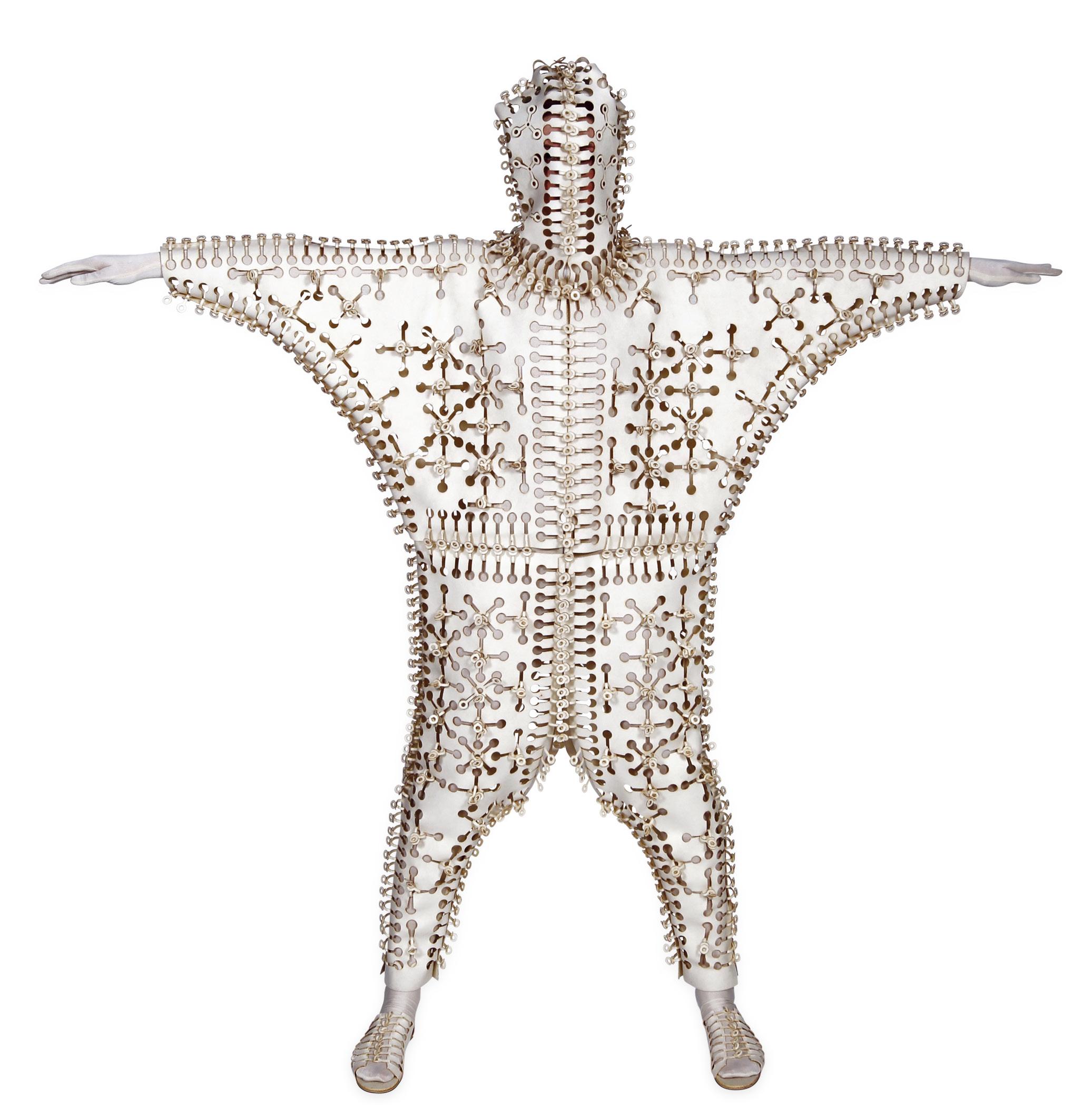EXHIBITION
Brought to you by Glencore
PERC TUCKER REGIONAL GALLERY
29 MAY – 12 JULY 2015



Brought to you by Glencore
PERC TUCKER REGIONAL GALLERY
29 MAY – 12 JULY 2015


Free guided tours are available, and for further information, or to give feedback on education and public programs provided by the Gallery contact Perc Tucker Regional Gallery.
Townsville City Council owns and operates two premier regional galleries, Perc Tucker Regional Gallery in the city’s CBD, and Pinnacles Gallery located within the Riverway Arts Centre in Thuringowa Central.
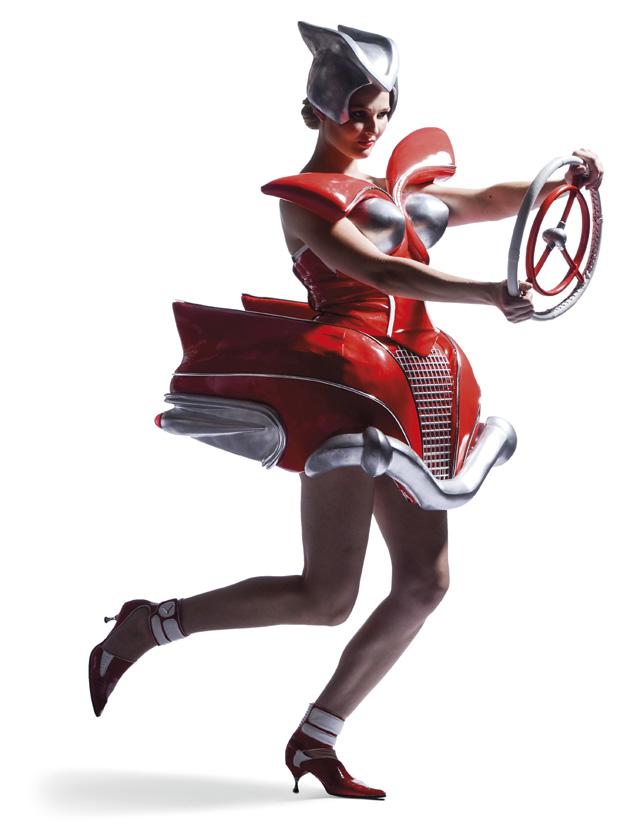
WOW, World of WearableArt is an annual international design competition and awards show held in Wellington, New Zealand. To enter the competition and be exhibited the works of art must fit one fundamental criteria – to be wearable.
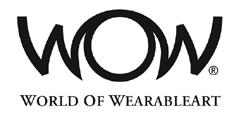
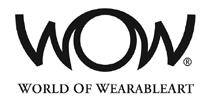

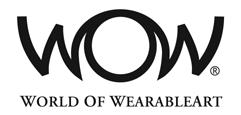
The WOW, World of WearableArt exhibition at Perc Tucker Regional Gallery showcases 32 amazing wearable art pieces that have won the annual competition in New Zealand.
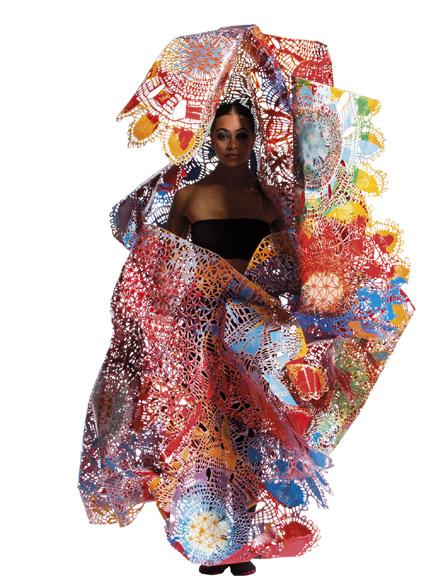
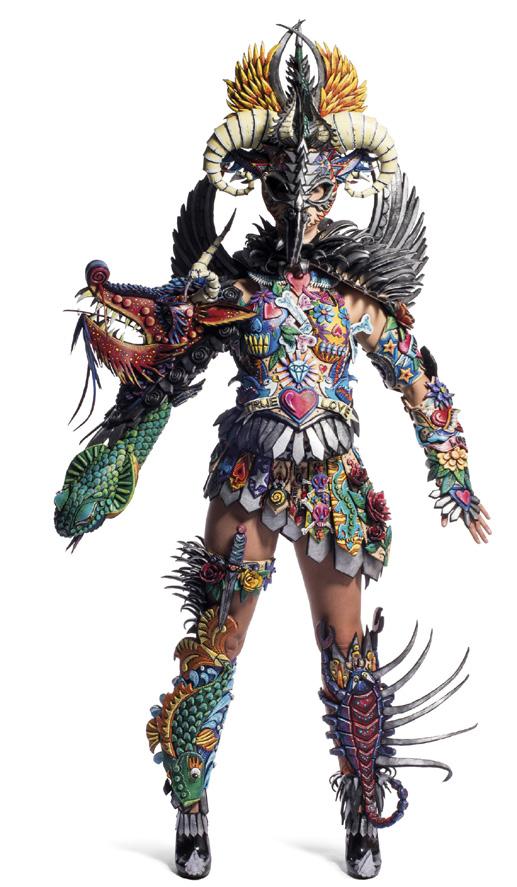
Throughout the WOW, World of WearableArt exhibition, Perc Tucker Regional Gallery will be holding free workshops for kids. Please refer to the back of this book for more details on the workshops. Bookings are essential.
A free activity booklet designed in response to this exhibition and targeted at primary school students is available at Perc Tucker Regional Gallery.
haveThefollowingworkshops complimentbeendesignedto the WOWWorldofWearableArt areexhibition.Allworkshops ledbylocalartists and are from Workshops10.30am-12.30pm. arefree however, ESSENTIAL:BOOKINGS
(07)47279011
Create wearable art for Barbie or Kenusingarangeoffabricandbasic sewingtechniques. Saturday30May,20June&11July ART-TO-WEAR 10+ ofTransformaplaint-shirtintoawork wearableartbyattachinghoops toshreddedpiecesoffabricand learningtheartofringpulls. Saturday6&27June HEADPIECE DESIGN 10+ usingFashionanatureinspiredheadpiece materialsabeanieasabaseandrecycled to embellish. Saturday13June&4July
WEARABLE ART BARBIE AND KEN 8+
EDUCATION KIT
TRIBALSunday7&28June
CARNIVAL HEADWEAR 8+ Usingfoundobjectsandnatural thatmaterialsmakeaspectacularheaddress resonates with the Brazilian Carnival.BODYSunday31May,21June&12July ADORNMENT 10+ theDesignandcreateanelaboratepiecefor bottletorso,usingrecycledobjectssuchas tops.
BODY ARMOUR 10+ canCreateasleeveorlegdecorationthat whenalsobeusedasamusicalpiece wornusingbells,shells and feathers.
Sunday14June&5July
Brought to you by Glencore
PERC TUCKER REGIONAL GALLERY
29 MAY – 12 JULY 2015
Image: Marjolein Dallinga
Skin CANADA
MATERIALS: WOOL, SILK

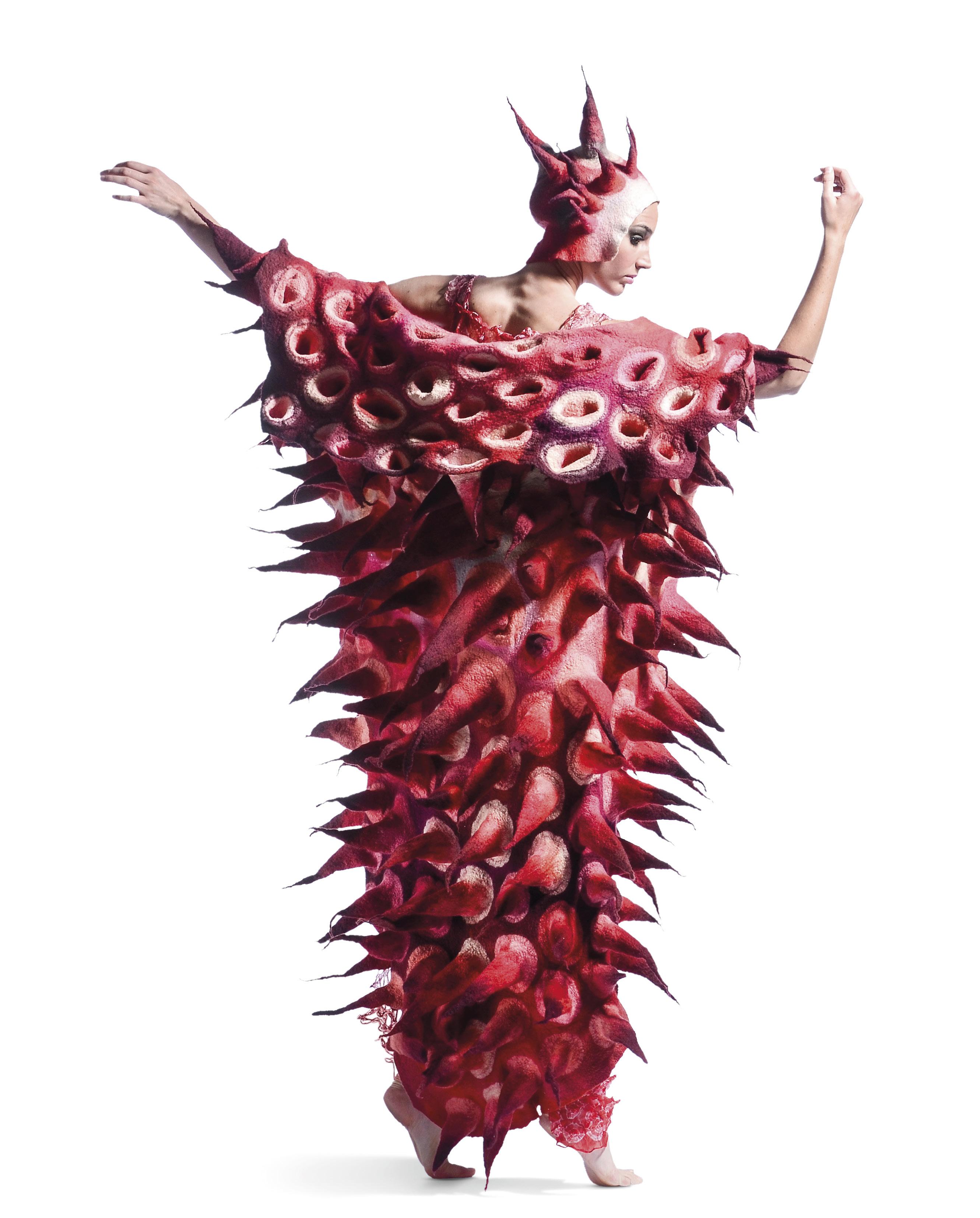
Image: Mengyue Wu and Yuru Ma
Delight of Light
DONGHUA UNIVERSITY, SHANGHAI, CHINA
MATERIALS: PLASTIC
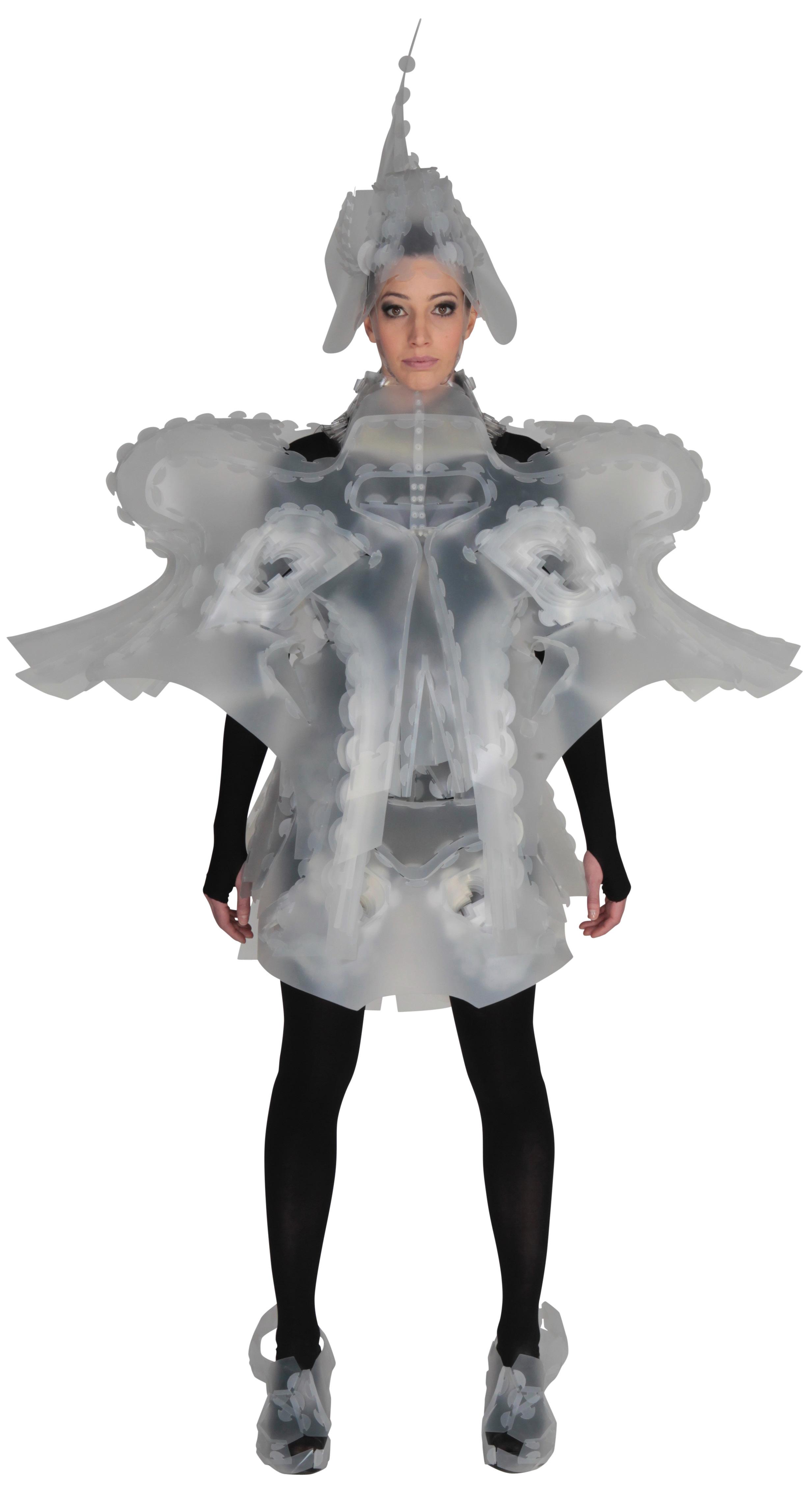
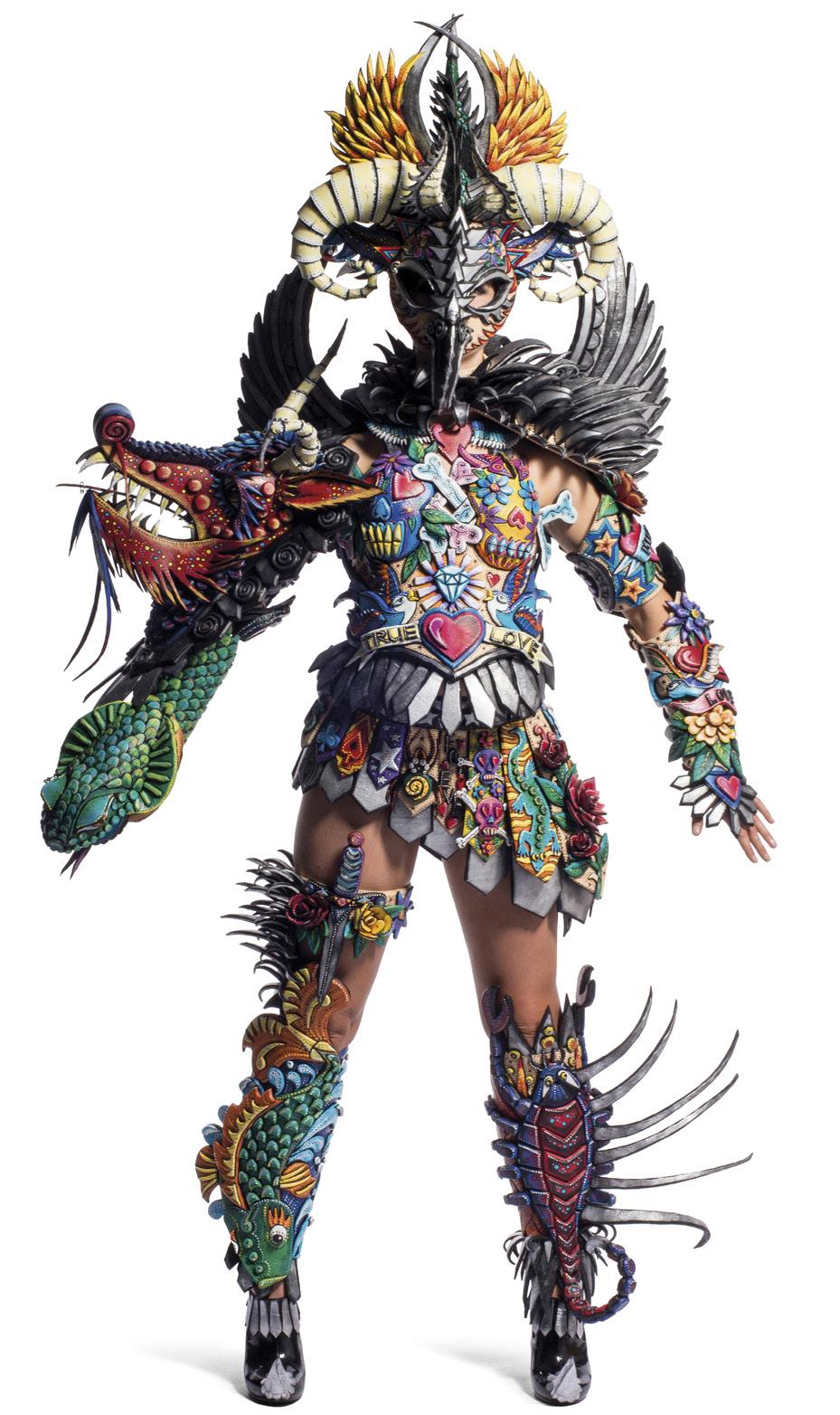
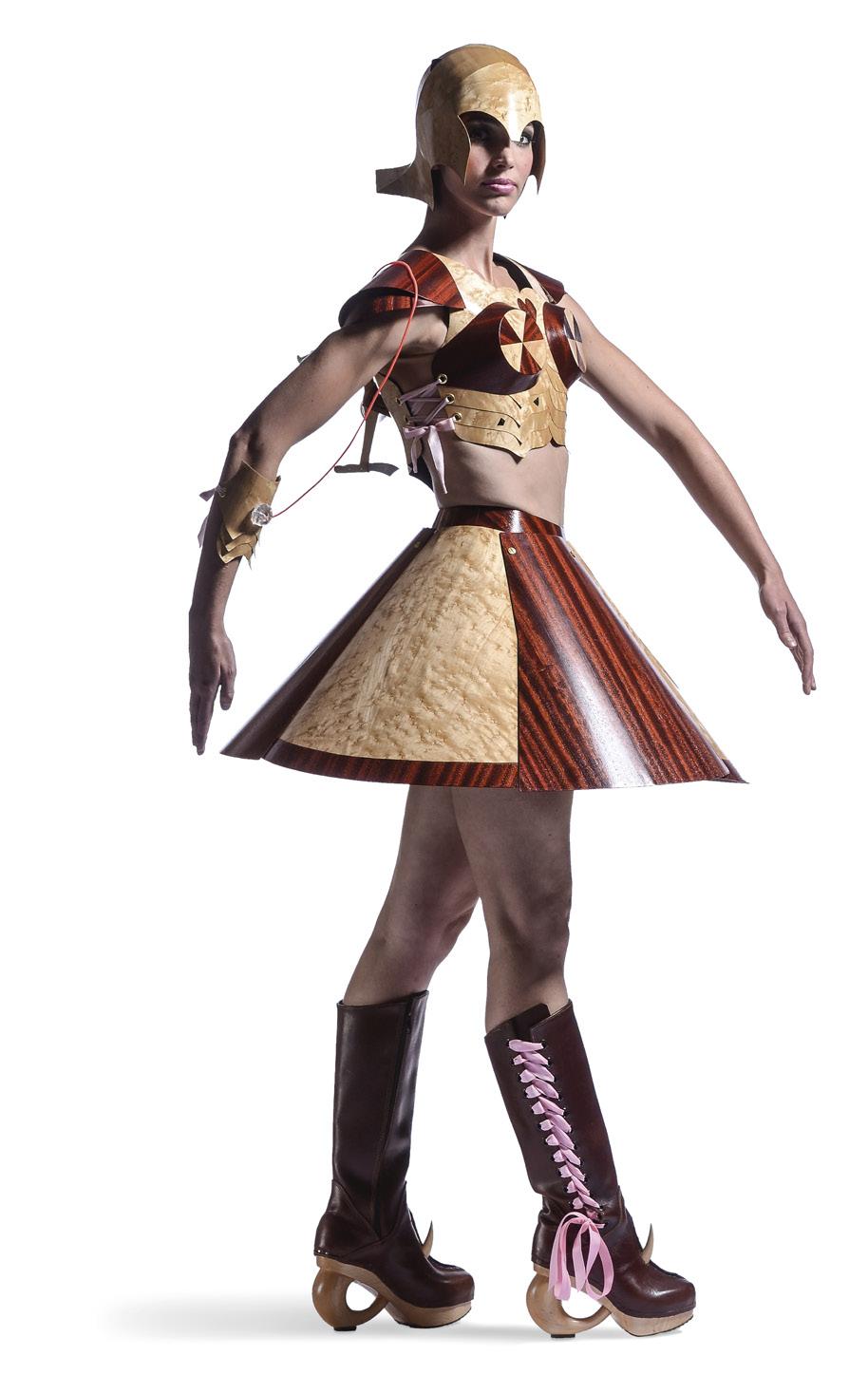
WOW, World of WearableArt is an international design competition that has been held annually for 27 years in New Zealand. The competition attracts hundreds of entries from artists and fashion designers from around the world. All artists and designers face the same challenge – that their garment must be wearable.
From its first conception in 1987 in a country cottage in the small coastal city of Nelson, New Zealand, WOW, World of WearableArt has grown from strength to strength to be a national event with the highlight being the iconic spring fashion showcase attended by 50,000 annually in Wellington, New Zealand. The gala event involves dazzling performances, theatrical displays and lighting, circus acts and red carpet! The wearable art pieces, worn by models, are brought to life in beautifully choreographed performance pieces that wow and delight viewers at this spectacular event with designers and artists vying for $165,000 in prizes.
With each year, the WOW, World of WearableArt collection has grown through acquisitive prizes for the winning garments. To this end the WOW, World of WearableArt team have partnered with the New Zealand Government to bring WOW, World of WearableArt the exhibition to the world. This exhibition showcases some of the many winning wearable artworks that have won the competition over its 27-year history.
The exhibition celebrates nearly three decades of awardwinning creations and brings the awards to life from its humble beginning as a local fashion show and design competition envisaged by Nelson-based sculptor, Dame Suzie Moncrieff, who had the vision to encourage artists and designers to create artworks that could be worn.
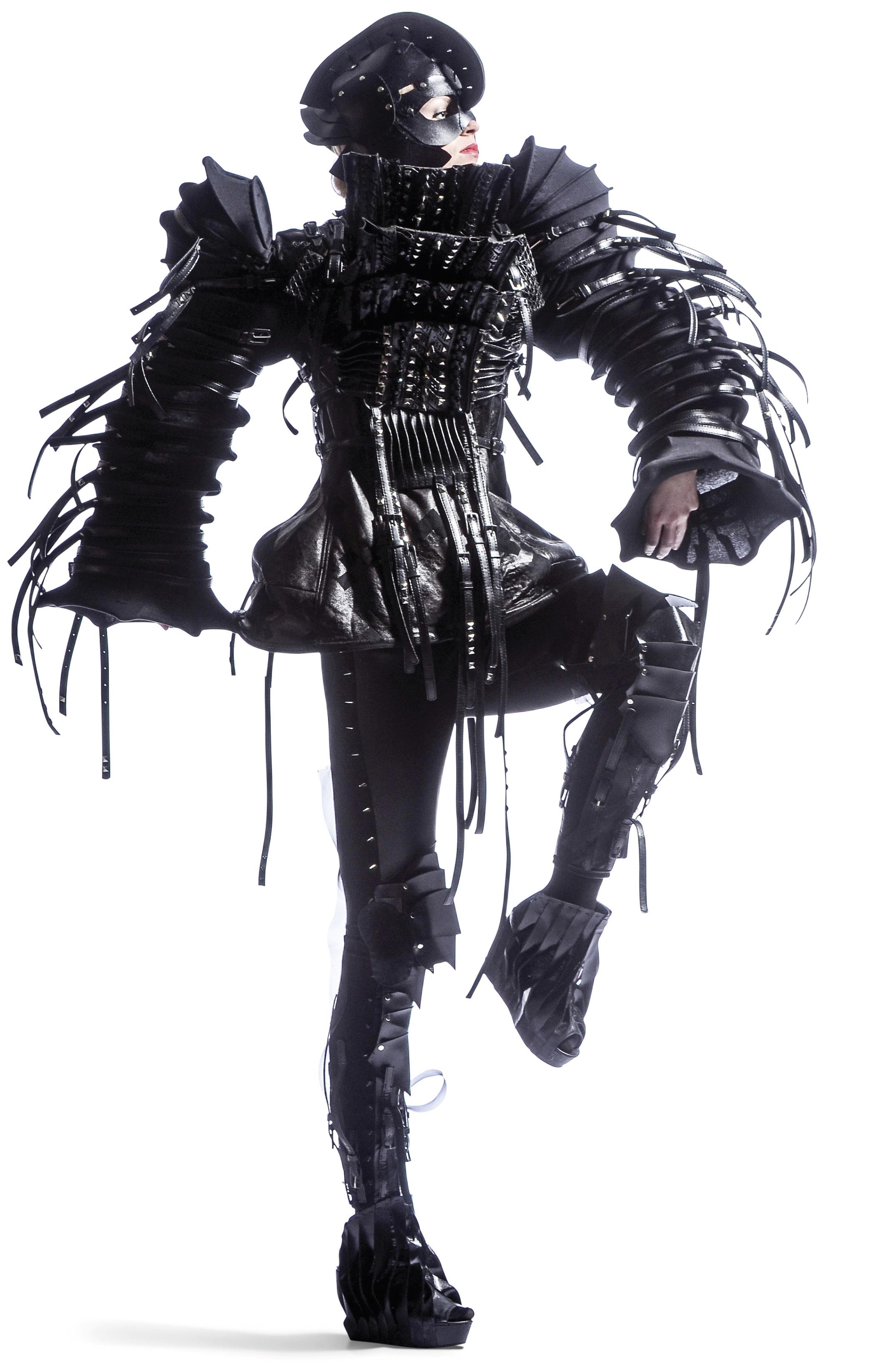
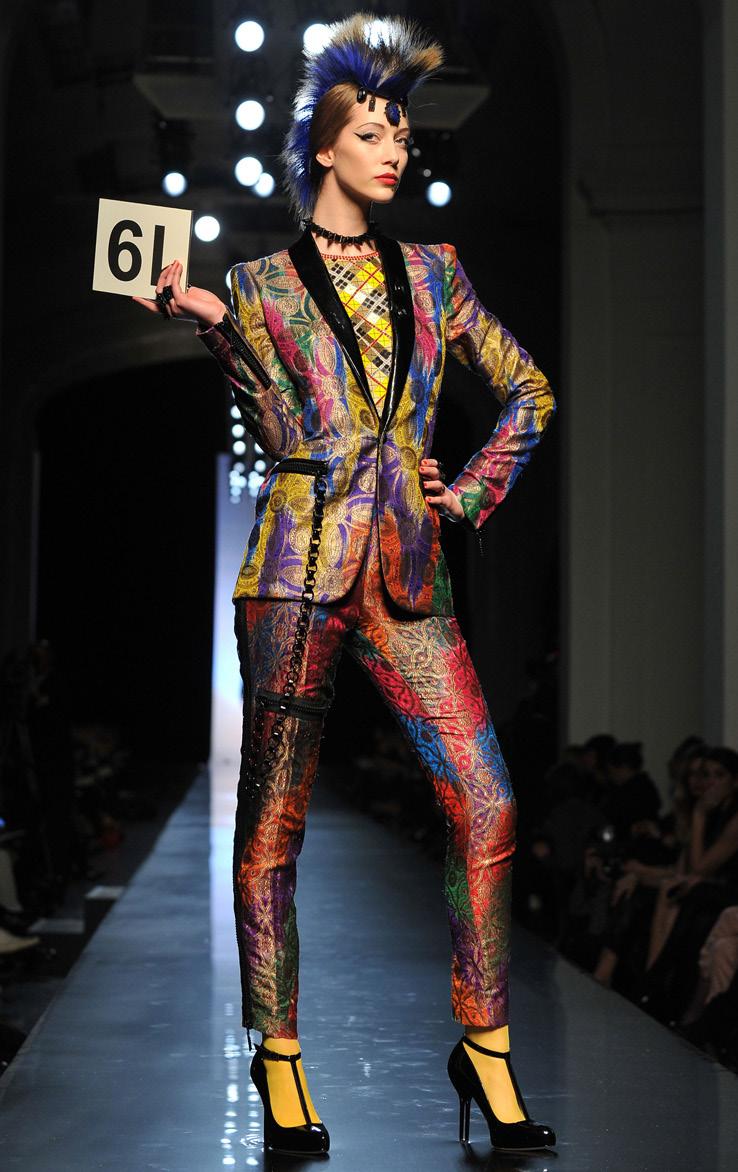
Fashion can be defined as the act of making or shaping. When applied to the subject of dress, fashion can be understood to mean the act of making or shaping something for the form of the human body so as to become an item of clothing or an adornment that expresses certain aesthetic ideals. Aesthetic ideals as a social construct are in constant flux: constantly changing and evolving to suit current ideals or artistic influence. What separates the accepted definition of fashion from wearable art is often the use of unique materials other than textiles or the use of specific concept design in production.
There are three main avenues in which we can understand fashion: High fashion, Fashionable Dress, and Anti-fashion.
Fashionable dress is informed by rapid changes in style. Trends are pre-calculated and released with the seasons. Products are factory made in bulk to accommodate this supply demand. With this mass production comes a lack of originality and a lesser focus on craftsmanship. We can see this in every day clothing lines. Fashionable dress, while informed by changes in aesthetic ideals often functions to simply “cover the body”. In this way, we do not attribute our everyday clothing with the same value as something considered to be an artwork.
High-end fashion, designer fashion or high fashion is distinguished by its use of original design, luxury or expensive materials and high levels of craftsmanship. These items have been made from inception with extreme attention to detail by experienced tailors or seamstresses which can be an exceptionally time consuming process. The culmination of these areas - mastery of ultimate skill and quality product - results in pieces that are by their very nature refined, elegant and highly revered. This is usually informed by elements of current high end aesthetic appeal. High fashion items are often handmade making them exclusive in nature, therefore making them more expensive and coveted. In fact, the term Haute Couture is French for high fashion and refers to exclusive custom made clothing items.
Paradoxically, fashion can also be inspired by alternative and sub-culture groups who reject the idea of fashion being only for the rich or high class. This rebuff of high fashion is called anti-fashion. Underground groups such as steampunk, goth, grunge or punk embrace low class forms of dress to create their own marked style of dress. For example, Punk clothing is usually a mishmash of poorly sewn, patterned materials with anti-establishment logos or symbols. Highend fashion designers such as Vivienne Westwood and Jean Paul Gaultier find inspiration in these anti-culture scenes. Look above at the piece from Jean Paul Gaultier’s 2011 Spring Haute Couture Line ‘Punk’. Gaultier borrows from the punk sub-culture’s use of bold colours, patterns and anti-establishment ideologies. In this image you can see that he has also utilised the nonconformist hairstyle of the mo-hawk to further emphasise his appropriation of the punk style.
WHAT ELEMENTS CAN HELP US UNDERSTAND AND INTERPRET FASHION AS A VISUAL ART FORM?
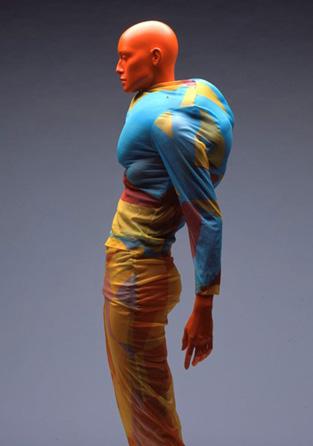
Art and fashion share many of the same underlying elements:
ART:
• Colour
• Form
• Line
• Shape
• Space
• Texture
• Value
We can establish similar values and attributes instilled in both art and fashion. This means that as visual expressions and creations, both art and fashion can be analysed using the same key elements!
For example, look at this high-end fashion design by Rei Kawakubo, for her label Comme des Garcons, Spring/Summer line of 1997. Rei Kawakubo is a Japanese modernist fashion designer. Her revolutionary pieces have inspired generations of new wave designers.
Kawakubo utilises many of the elements of art and fashion to create her pieces; balances of colour and value, unique lines, quality fabrics to create rich textures, and most importantly innovative ideas of shape and silhouette. Her unique silhouettes break away from the standard body form and force us to question our idea of deformity and beauty. Her ideas push the boundaries of what is and isn’t beautiful. In this way she creates a truly unique personal aesthetic.
FASHION:
• Colour
• Shape (silhouette)
• Line
• Texture
• Value
Look at the wearable art piece Totally Sheepish by artist Sarah Peacock on the opposite page. What materials were used to create this wearable art piece?
How has the use of traditional materials been subverted in this wearable artwork?
What level of craftsmanship would have been used to create this piece?
Would it be classified as fashionable dress, high fashion or anti-fashion? Why?
What do you believe the difference is between everyday clothing and wearable art? What makes this piece an artwork? Analyse using elements of art and fashion.
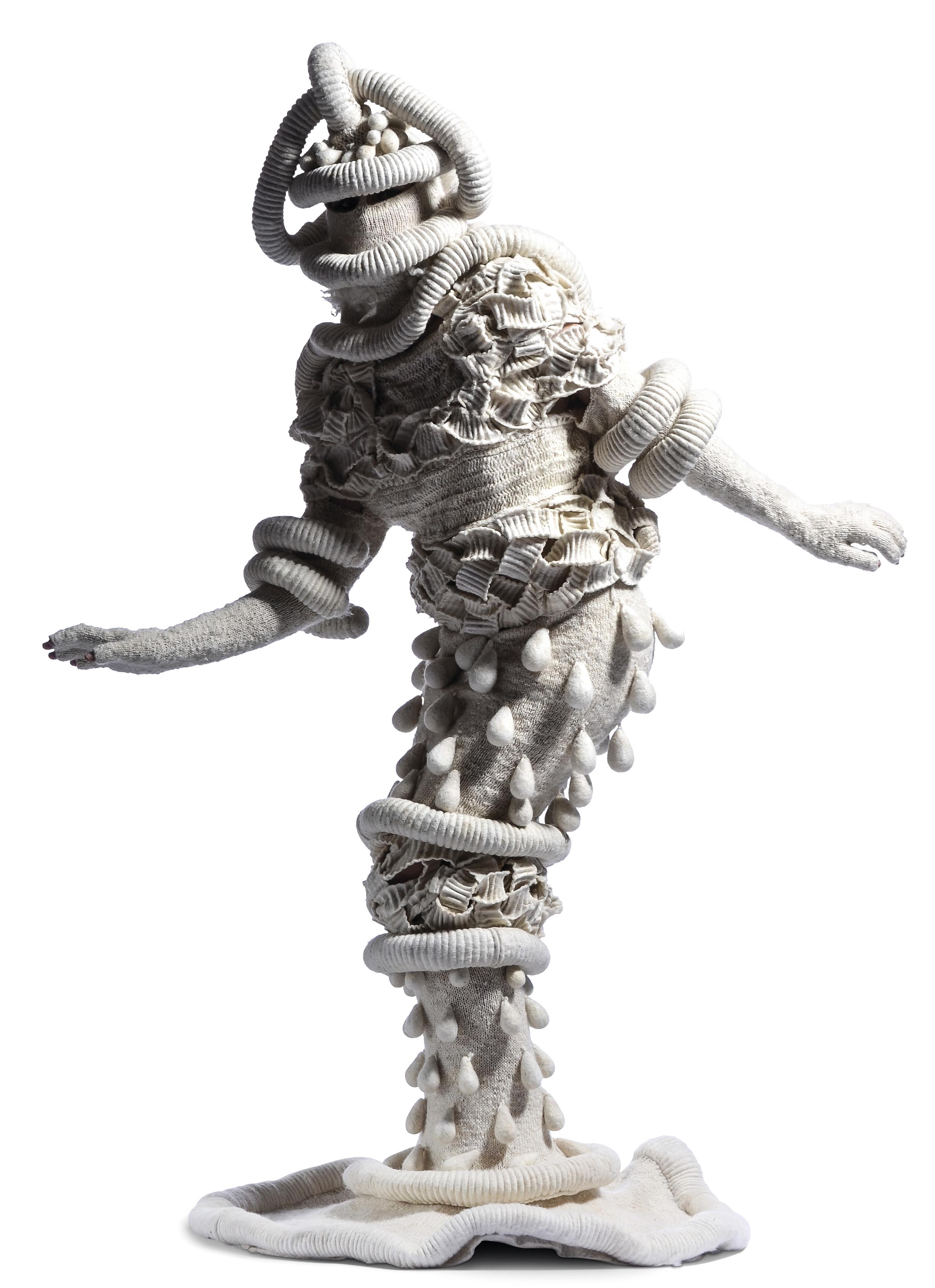


Wearable art, also known as artwear or art-to-wear, refers to designed pieces of handmade clothing, jewellery or headwear created as individual pieces of fine art, typically expressive in nature. Like all art forms, the technical skills required to make a piece of clothing or wearable art is of great importance, however wearable art pieces are intended to be considered as serious and unique artistic creations which sometimes reflect a significant statement.
Wearable art is generally made of a combination of fibrous materials and therefore, artists require skills such as knitting, sewing or crocheting to build their forms. Artists may explore both wearable and non-wearable art forms such as sculpture using both fibrous and non-fibrous materials like plastic, metal and leather. Like many art forms, cross disciplinary components are prevalent and important to the wearable art genre. Artists may explore technologies such as computer programming/software and chemistry to create aesthetic effects and more traditional costume making techniques such as corsetry and millinery.
Wearable art employs diverse techniques such as knitting, leather tooling, weaving, dyeing, and sewing. Garments may be created and embellished using hand painted or printed fabrics, and 3D sculpture techniques such as welding to form metal shapes. The beauty of wearable art lies in the endless possibilities it provides for artists to exceed expectations and the limitations of traditional art forms - to imagine works of indulgence and fantasy.
Sharing a complex relationship with the art world, the fashion world, and the world of craft, wearable art is separated from mainstream fashion, yet closely related to it. Unlike fashion, wearable art foregrounds aesthetics over practicality.
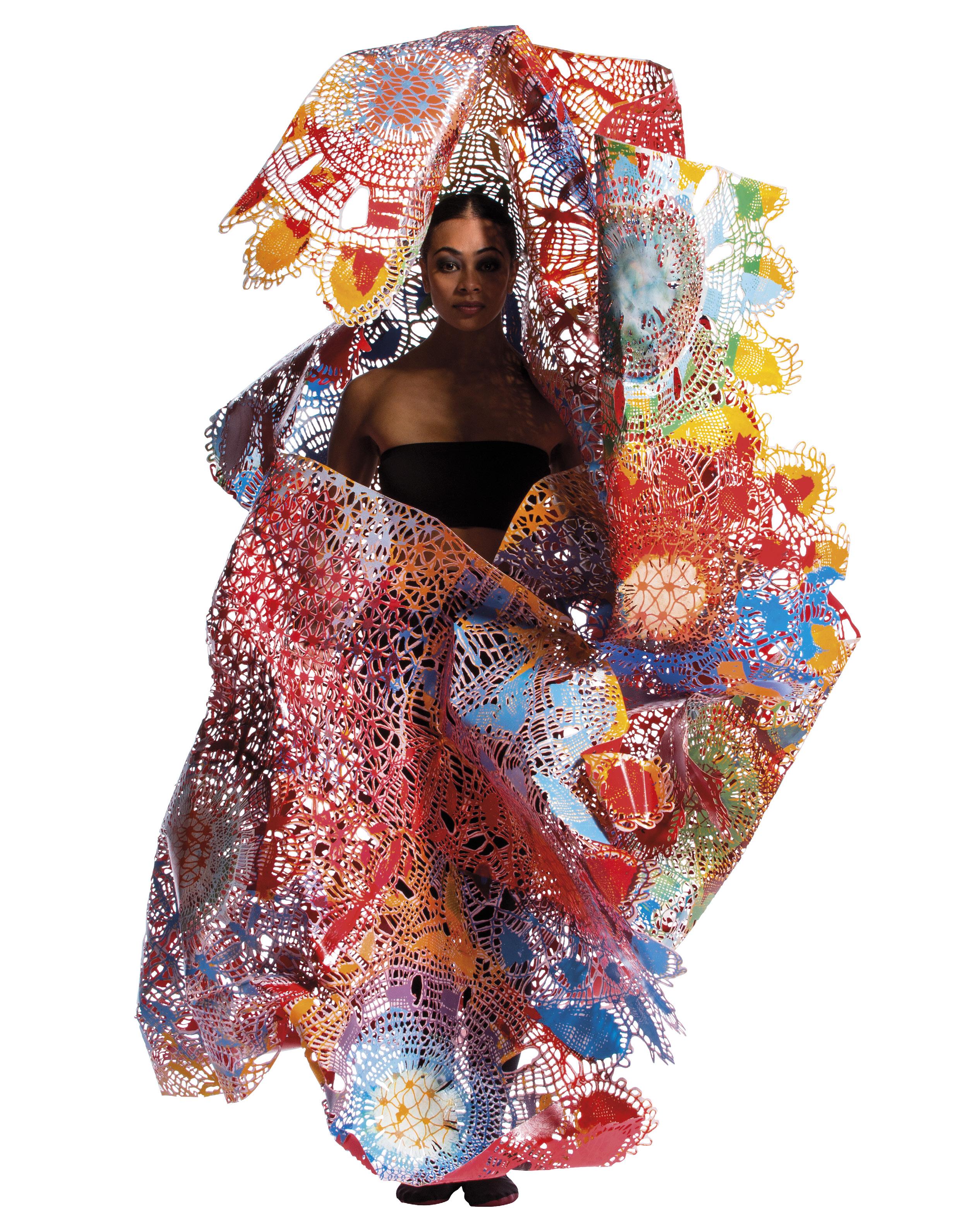
At home, research the works of influential Japanese anti-fashion designer Yohji Yamamoto. Analyse his designs using the elements of fashion and art.
Yamamoto’s clothing is often described as anti-fashion. He borrows elements of traditional Japanese dress and subverts them by introducing modern twists. Look at his piece on the right. What do you think the traditional elements are and what do you think the modern elements are?
Consider the shape (silhouette) of Yamamoto’s piece on the right. What shape would you use to describe this form as?
Look at the model selected to wear Yamamoto’s piece. Does she look like the models you have seen in fashion magazines? How is she different? This is an example of Yamamoto subverting traditional expectations i.e. being anti-establishment.

Use the space below to create your own images inspired by Yamamoto’s designs. You may like to draw your wearable art on a model:
Wearable art and conceptual clothing are closely linked through their shared rejection of preconceived notions of fashion. Wearable art conflicts with many of the values associated with fashionable dress, such as the rapid turnover of seasonal items, emphasis of quantity over quality and standardised values of aesthetic ideals. In this way, wearable art is akin to conceptual clothing; both insert a distance between object and viewer through the use of materials that conflict with standard notions of every day dress. In an age of conformity, wearable art and conceptual clothing offer an avenue that celebrates uniqueness and exploration of new ideas. The emphasis is placed not on seasonal style but on creative concepts that disrupt the mainstream.
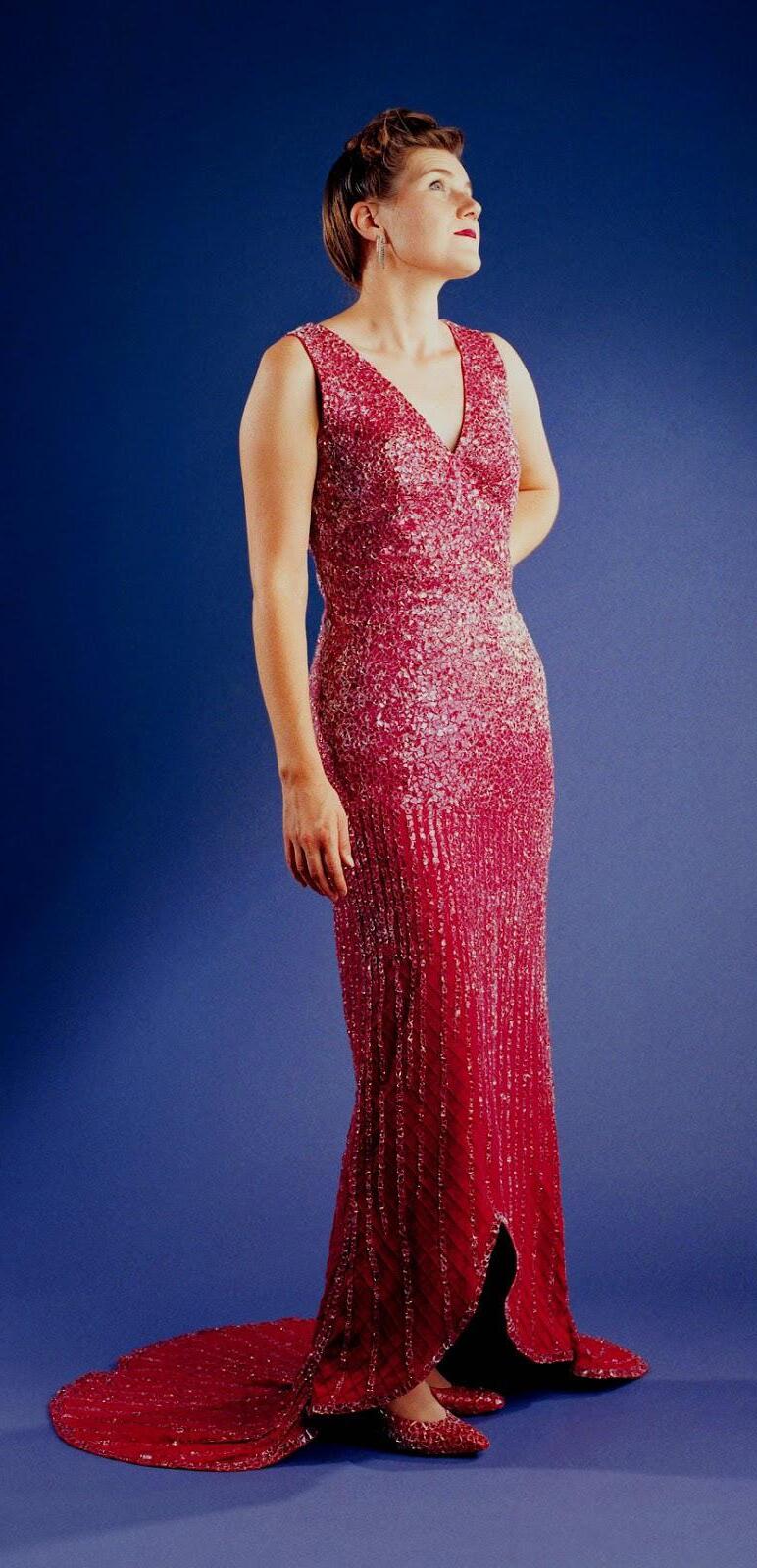
A concept can be described as an abstract idea, a general notion or an idea of how something works.
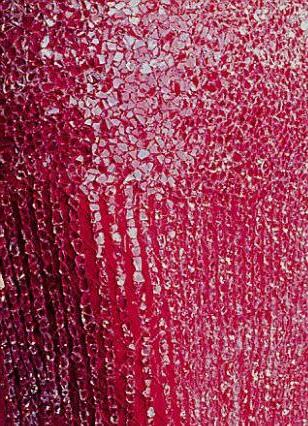
Conceptual art is art that places greater importance on the exploration of concepts (ideas and notions) involved in the work over the traditional aesthetic and material concerns. When applied to wearable art, the garment is usually sculptural in form and uses textiles as its medium in order to support the pre-assigned concept.
One popular concept in wearable art is recycling! Recyclable objects such as bottle caps and newspapers can be used to create one-of-a-kind clothing and accessories. Wearing art made from recyclable materials is often called sustainable fashion. The concept behind sustainable fashion is an environmental message of recycling and reusing various off products. This means that items which were intended for landfill or were deemed disposable can have a second life as new and unique wearable products.
Look to the left at this wearable art piece by artist and
environmental educator Nancy Judd. Judd produces what she calls Recycle Runway couture, or fashion from trash, as an innovative way to provide education about the need for conservation. In this Glass Evening Gown, Judd has glued together 12 000 pieces of recycled crushed glass on to a discarded second hand dress to create a piece that reflects “sustainable elegance”. The dress was commissioned by the Glass Packaging Institute and utilised crushed glass jars and bottles from the City of Albuquerque recycling program. The artist has used materials (recycled glass and discarded clothing) to support her concept (importance of recycling).
Nick Cave is another wearable artist whose works can also fall into the category of conceptual clothing. Cave makes what he calls Soundsuits; wearable performance art pieces. Cave crafts sculptural forms out of found, reused and recycled items to shape his own body.
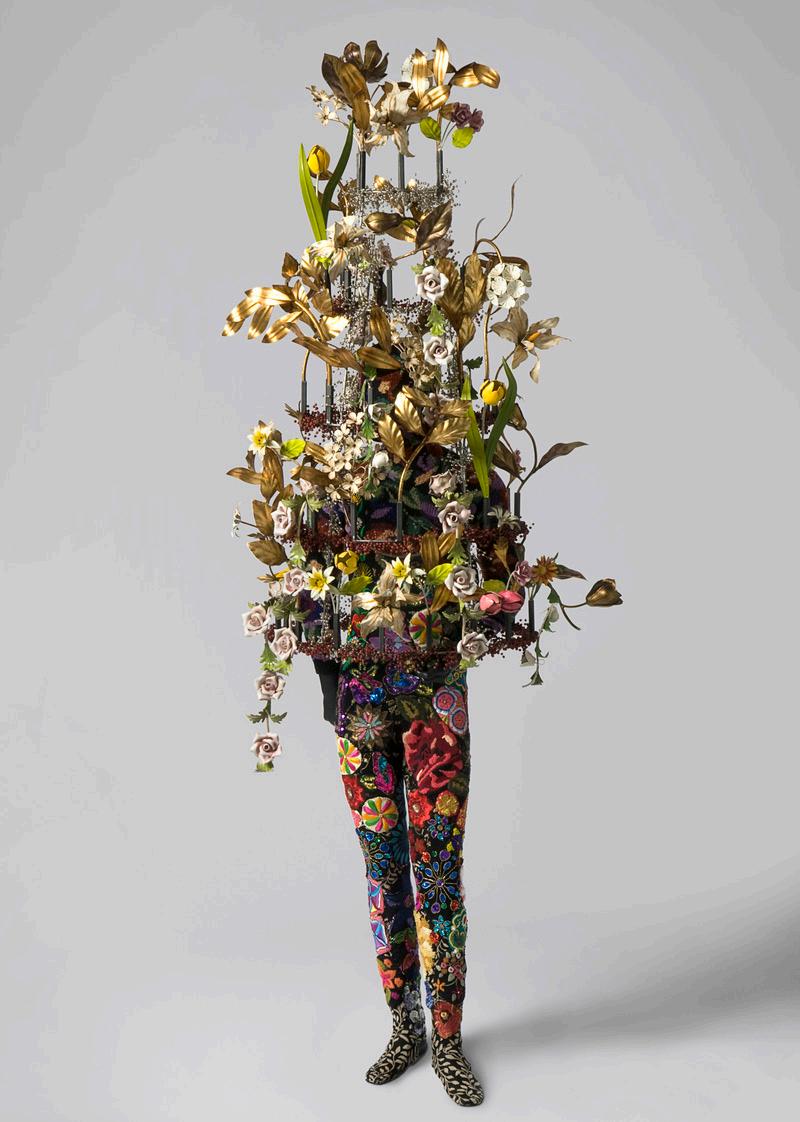
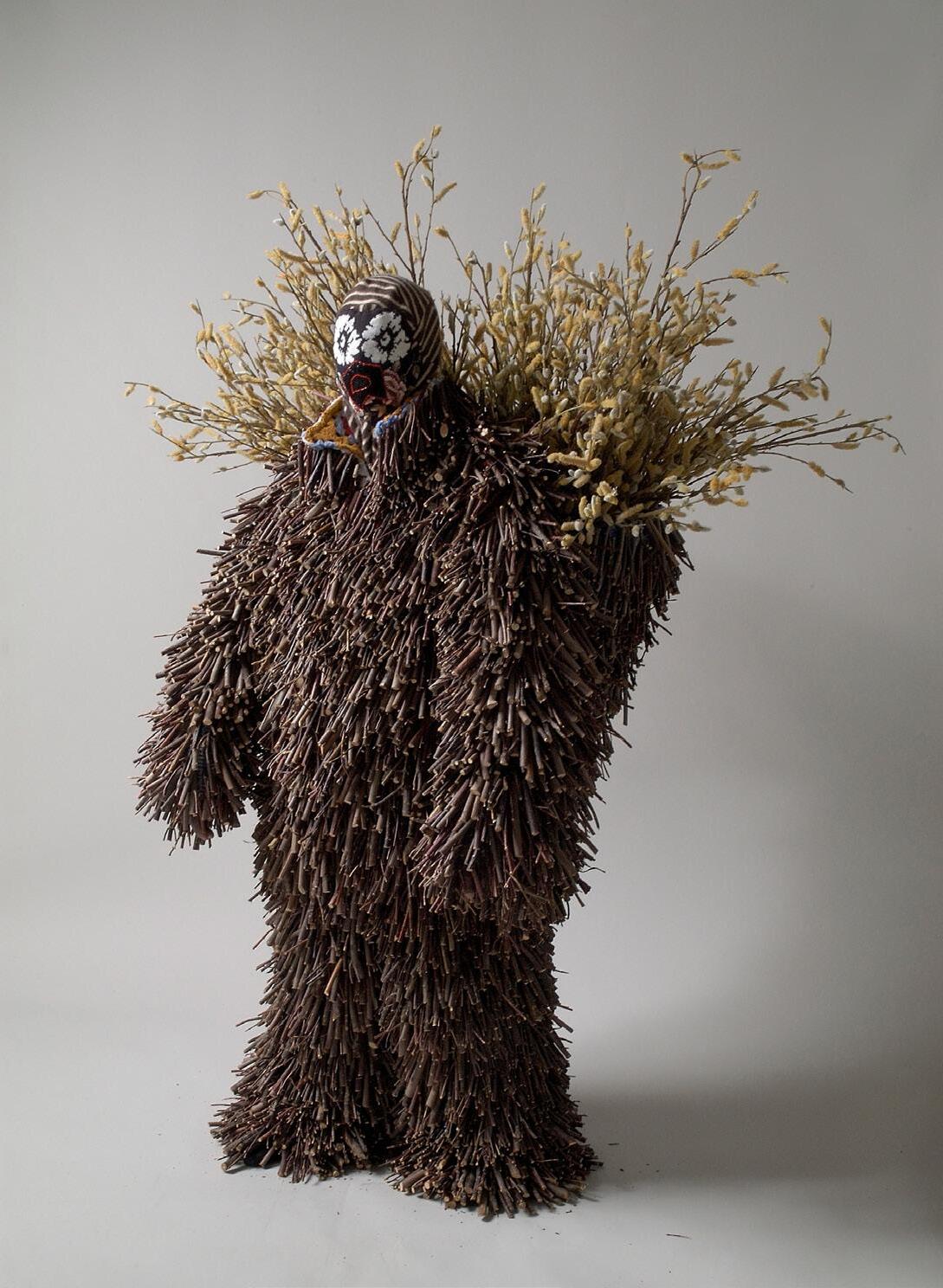
His concept is to create a second skin that conceals race, gender and class. This forces the viewer to look at the piece without judgment or any preconceived idea ethnicity or gender. Cave creates ethnically neutral pieces that may be described as reminiscent of tribal ceremonial costumes; however they are manifestations of energy. His concept does not come to ultimate fruition until these pieces are used to fulfill their intended purpose of sound and movement.
The title of his works, Soundsuits, further reinforces his concept of performance and concealment. Look at the conceptual clothing artwork by Cave titled Soundsuits at the top right of this page. He has created this piece of wearable art entirely out of found twigs and branches. When worn the Soundsuit hides the true identity of the wearer and when used as a performance piece the artwork emits a noise similar to the rustling of wind through trees. The artist has used materials (twigs and branches) to support his concept (concealment and sound).

Look at this wearable artwork Hylonome by artist Mary Wing To below. It can be described as a piece of conceptual clothing and a wearable art piece!
What is the concept behind this piece? What does it look like? What’s the idea?
What signifiers (visual clues) made you come to this conclusion?
What materials have been used to realise this concept? How do they enhance the reading?
Sometimes the name of an artwork can give you a hint as to the concept behind the creation of the piece. Hylonome was a female centaur in Greek mythology. How does this support the artist’s concept?
Using an animal, come up with your own concept for a wearable art piece. Think about what materials you would use to convey your concept? Also, make sure to think up a title for your conceptual wearable artwork that further enforces your concept.
TITLE:
Did you start your career in the fashion industry?
Erica: Yes, on leaving school at 17 my first job was sewing in a huge surf wear production factory. I worked for 20 years within the fashion industry, (various jobs) across a wide variety of fashion styles. I also work as a dressmaker as well as designer for my own label ErK.
When did you make your debut into wearable art?
Erica: In 2012, I entered WOW for the first time. The year before my sister had given me a WOW book as a birthday present (very inspiring). I entered a wearable sculpture, which I called the ‘Shaker Suit’. The design brief was ‘sound’.
What attracted you to the wearable art genre and to becoming a wearable art artist?
Erica: A natural progression from my sculpture based art practice. Now I combine my two favourite things, art and fashion.
What has been your history with WOW, World of WearableArt?
Erica: When I was young we lived in Nelson and my mum used to take me to these arty community shows and events, I was enthralled by all the fantastic costumes. I’m not sure if any of those shows were related to WOW, but that was my first experiences with the wearable art form. I have been a finalist in three WOW shows, the first was in 2012, winning my section. In 2013, I received an Honourable Mention for my piece, Hybrid; and in 2014, Vapournaut, which is currently on display at the WOW museum until Nov 2015.
You were a finalist in the 2014 WOW Creative Excellence Category, what was this experience like and what did it entail?
Erica: The submission process; there are two judging rounds done over a 6 month period. The first round of judging selects the finalist garments which will be worn in the WOW show. The last judging process is done once the garments are performance ready and the results are awarded on opening night of the show season. The performer transforms your static work into an amazing kinetic art piece.
Tell us about your work Vapournaut which is on display in Wellington in the WOW museum at the moment?
Erica: I designed it for the Creative Excellence Category, which had a design brief of ‘airborne’. I interpreted airborne with an environmental theme and produced a futuristic styled-garment designed to be worn in an environmentally hostile environment to capture, filter and release clean breathable air back to the wearer.
You are also a soft sculpture artist and painter. How do these genres influence your wearable art pieces? Which came first?
Erica: Painting came first, and then fashion, later I discovered sculpture and wearable art evolved naturally from there. For me, fashion had many sculptural aspects within form and some of the processes. Although, by immersing into art and sculpture further developed this appreciation, with new concepts and ideas, eventually allowing me to view fashion with a fresh perspective.
What is your favourite material to work with?
Erica: Stretch PVC coated fabric is my favourite material; it has a glossy finish and can be worked easily into all manner of form. I regularly use it in my sculptural and wearable art pieces.
How do you assemble your wearable art pieces?
Erica: Assemble is the perfect word, much of my sculptural/wearable pieces are made up of many smaller components. Individual pieces which I finish before assembling and joining the completed piece together. I use a combination of machine and hand-sewn embroidery techniques to produce my work. I often add my signature hand-sewn detail stitching to my sculptural work and nothing makes me happier than seeing these stitches all bunched up and on display where once they would have been unsightly in fashion.
Some say wearable art is a collision between the worlds of fashion, fine art and craft. What are your thoughts?
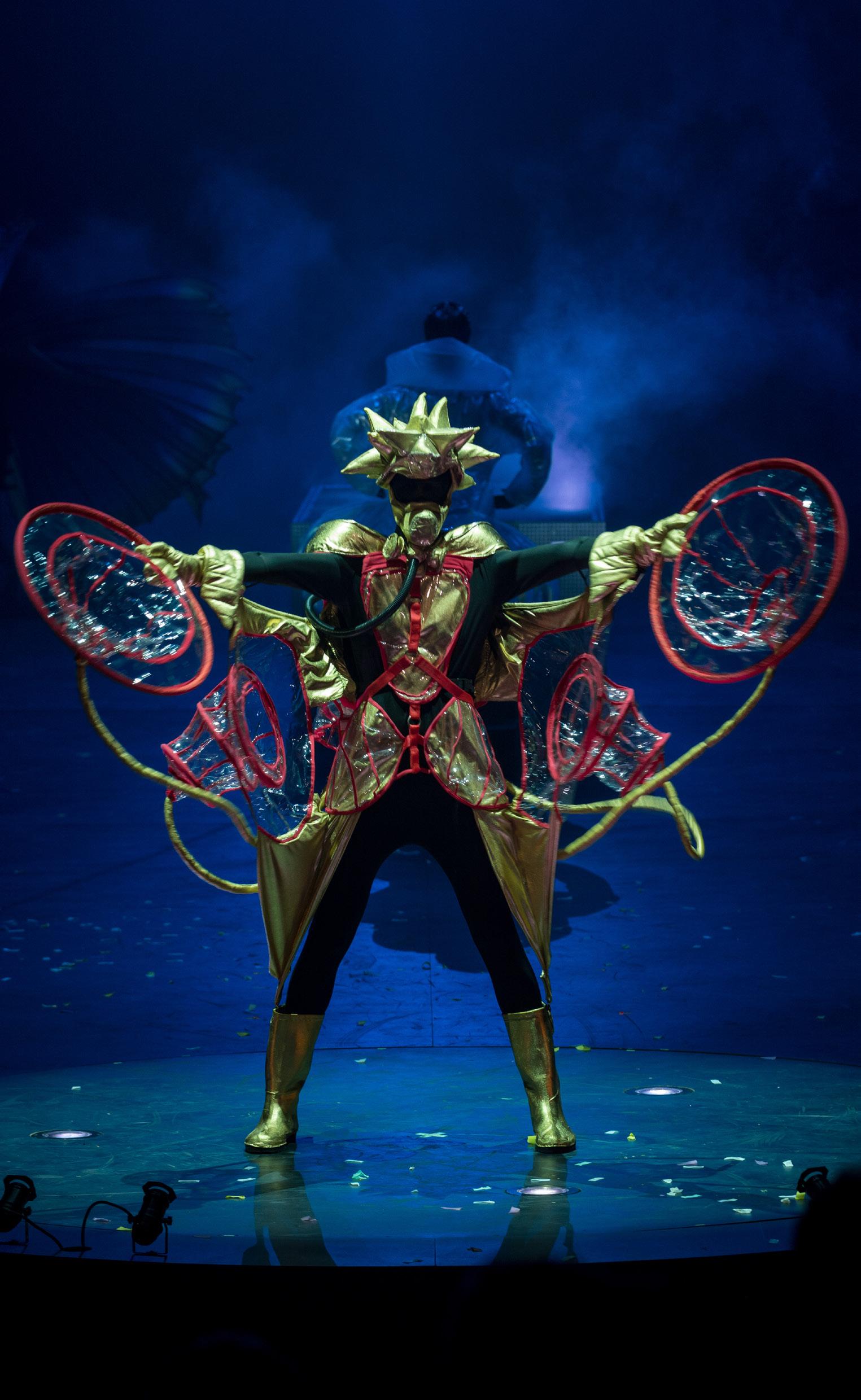
Erica: It’s an exciting time for fashion/art with new collaborations between science, art, tech, and designers and access to 3D modeling/printing and Laser cutting we can now produce incredibly inventive items. Even with all these high tech tools, we will still always require the artisans, dressmakers and craftsmen in this creative partnership. I am very interested in 3D printing and new plastic extrusion techniques and recently attended a course in Rhino (a program for 3D modeling/printing) and will be adding these new techniques to my art practice in the future.
What’s next for ERK art?
At this stage Vapournaut is currently on display at the WOW museum: www.wowcars.co.nz
I have a soft sculpture in the Tamworth Textile Triennial - currently touring Australia: 2ndtamworth textiletriennial.com
GARMENT: any article of clothing that covers the body such as pants, shirts or hats
WEARABLE ART: also known as artwear or art-to-wear, refers to designed pieces of handmade clothing, jewellery or headwear created as individual pieces of fine art, typically expressive in nature
CHOREOGRAPHED: to manage, manoeuvre, or direct usually referring to dance/performance
ACQUISITIVE: seeking to acquire and own
CORSETRY: the making of or dealing in corsets (a corset is an old form of underwear)
MILLINERY: hats and other forms of head wear
EMBELLISHED SCULPTURE: a sculptural form made more attractive by the addition of decorative details
TRADITIONAL ART: art that belongs to a particular culture or group of people, often passed down through generations
SOCIAL CONSTRUCT: a particular perception that is formed by underlying cultural notions or social practices
CONCEPT: an abstract idea, a general notion or an idea of how something works
FASHIONABLE DRESS: a popular style of clothing of a particular period
HIGH FASHION: garments that are trend-setting, unique, and exclusive
ANTI FASHION: a style of dress which is purposefully contrary to the fashion of the time
FIBROUS MATERIALS: threadlike material made from natural or manmade substances that are woven or formed into a textile
ANTI-ESTABLISHMENT: a view or belief that stands in opposition to the conventional ideas
AESTHETIC: the ideals of beauty at a given time and place
SUSTAINABLE FASHION: also called eco fashion, is the act of making garments out of recycled items
NON-CONFORMIST: one who does not conform to accepted practices, customs or beliefs
SIGNIFIERS: visual clues that represent an underlying concept or meaning
